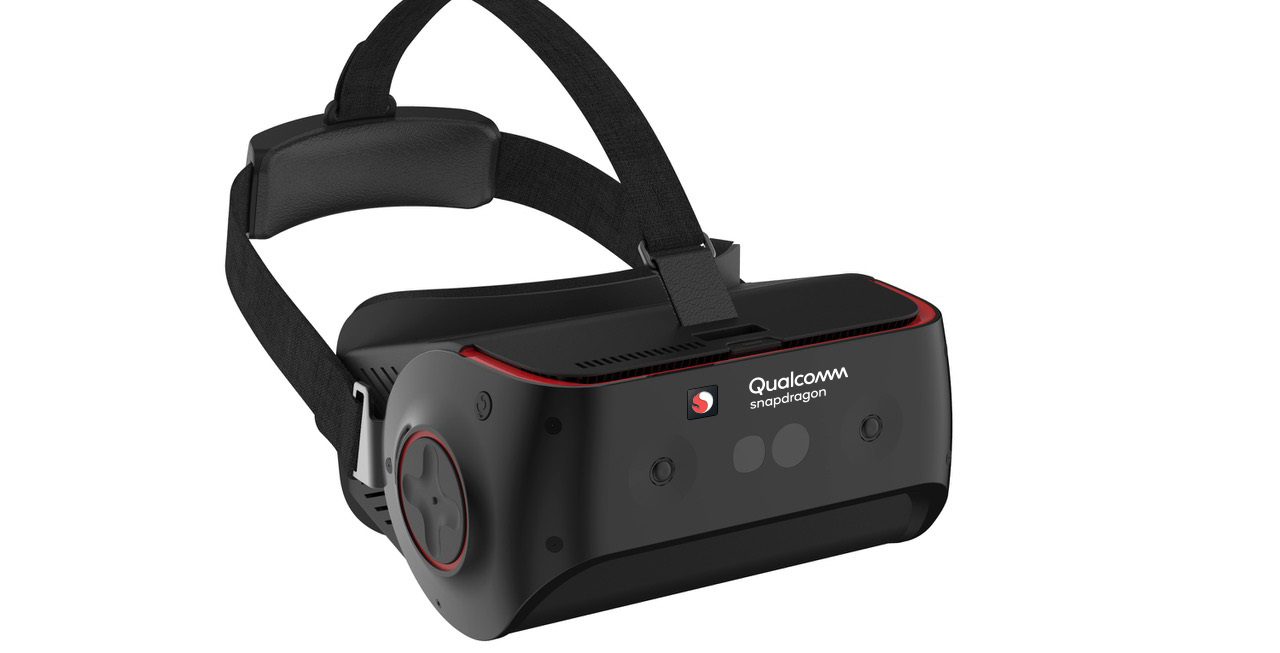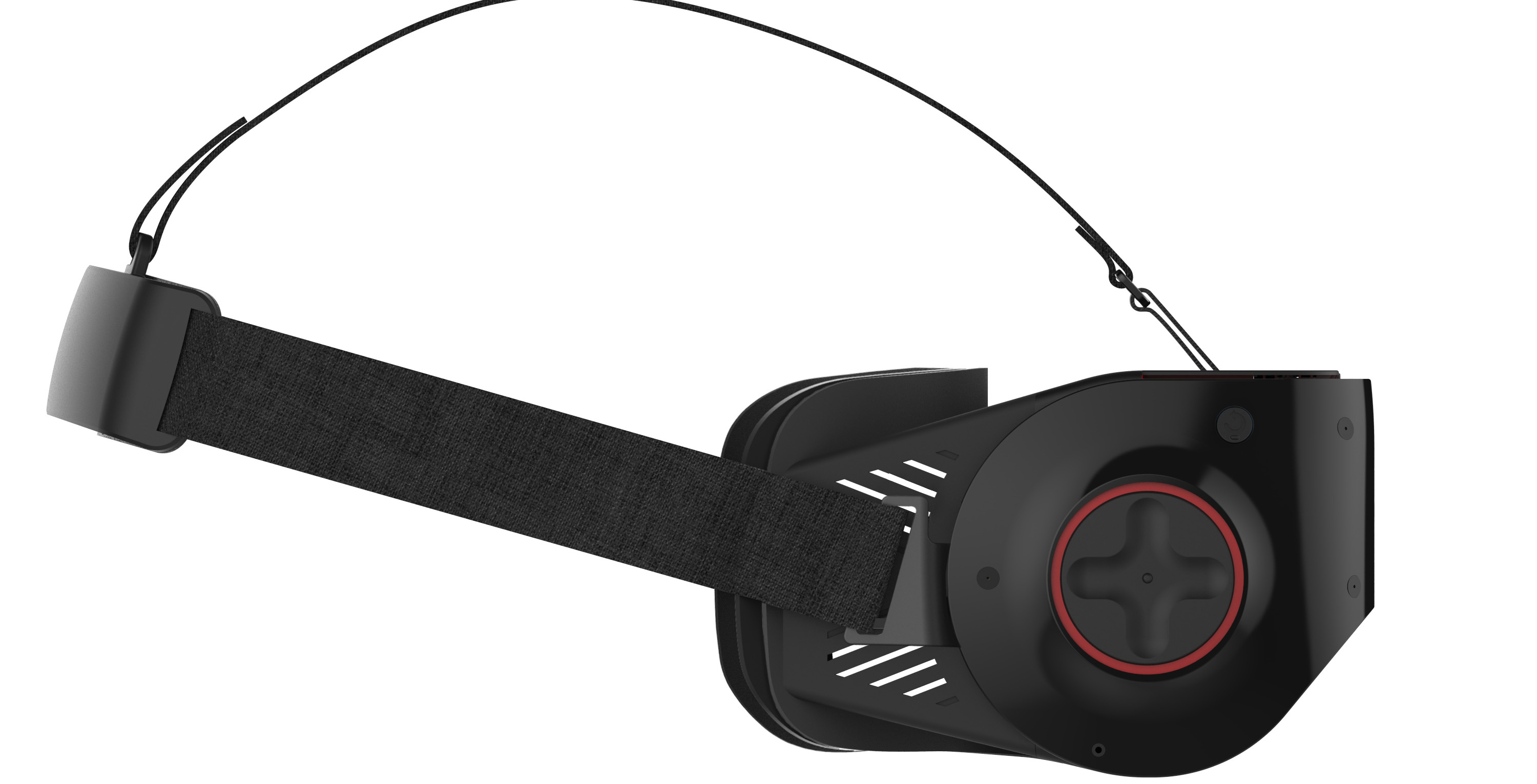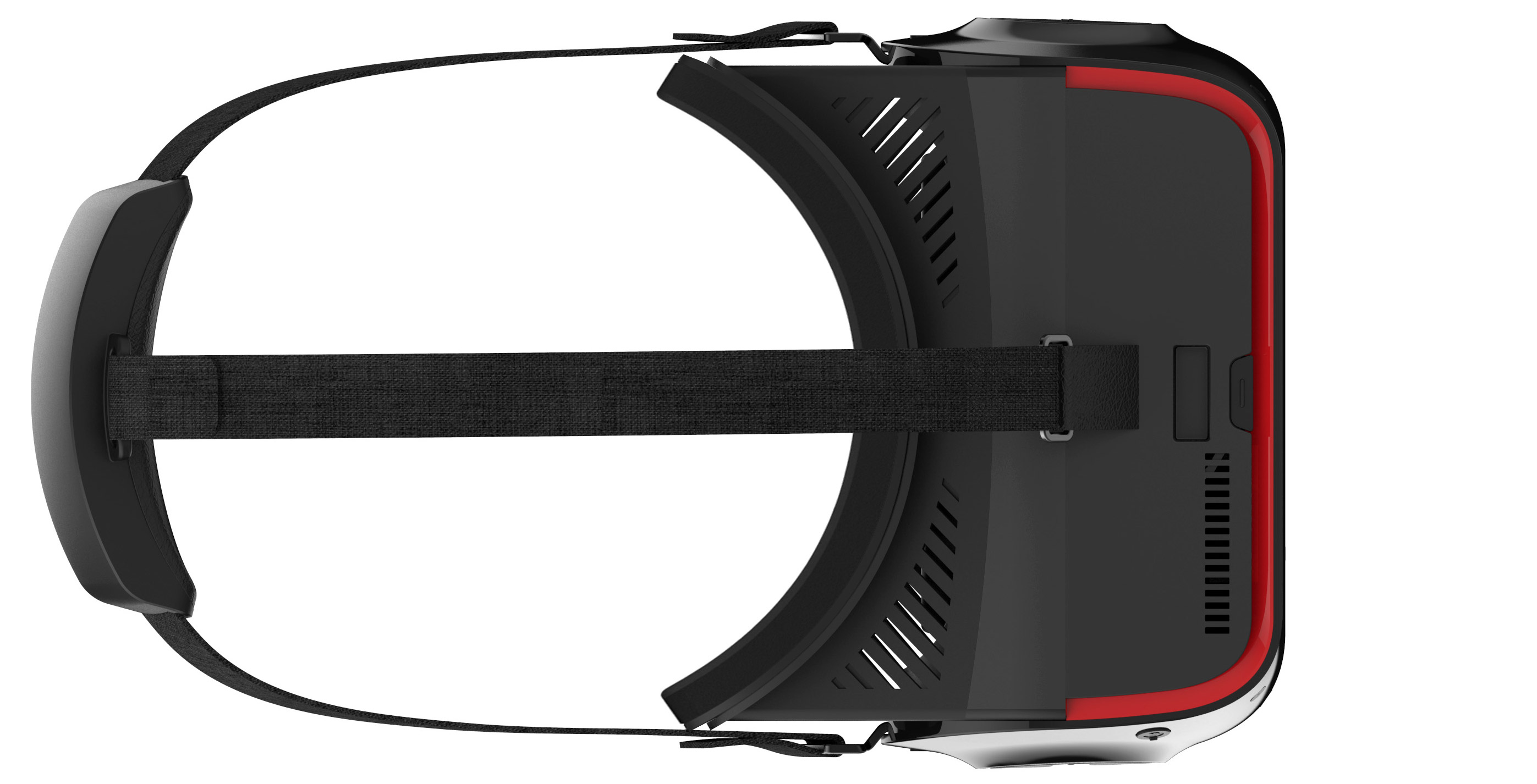
It looks like Qualcomm is committed to helping push forward mixed reality and augmented reality technology.
The chip manufacturer has revealed its new Snapdragon 845 standalone headset reference design, as well as a nearly identical headset that’s powered by a smartphone display and processor.
“We found that having the chip alone wasn’t enough for us to be successful in this space… we know that SoCs (system-on-chips) need to be customized and optimized for VR and AR,” said Hugo Swart, business and product VR lead at Qualcomm, during a recent interview with MobileSyrup about the company’s new standalone Snapdragon 845 design.
The key feature that separates the new headset from past Qualcomm VR reference designs is the device’s expanded tracking ability. Unlike Qualcomm’s previous reference design, which shared similarities with Google’s various Daydream headsets, the new model features room-scale tracking functionality. The previous VR reference design was only capable of tracking three degrees of head movement.
The new tracking functionality allows the headset to detect objects in front of the user, thanks to its two built-in front-facing cameras, adding another layer of immersion from an experience and gameplay perspective. Swart also says that much of the technology that powers the device’s head-tracking and room-scale functionality was developed in-house at Qualcomm.
“We call it inside-out because you don’t need any accessories, you don’t need an external camera to track your movement. We do it with computer vision within the device,” said Swart.
Bringing room-scale to more affordable mobile VR headsets that are also untethered is a significant leap forward for the AR/VR industry. Previously, only expensive VR headsets powered by expensive PCs — such as the Oculus Rift or HTC Vive, for example — were capable of room-scale tracking.
From a technical perspective, the Qualcomm says that its new VR headset reference design is powered by the company’s upcoming Snapdragon 845 processor, coupled with an Adreno 630 visual processing unit. In total, the chip manufacturers’ new processor features includes 30 percent faster graphics performance and 30 percent improved power efficiency.
Other new features include eye tracking functionality and more importantly, the ability to support displays that feature up to 2K resolution. Given how apparent the pixelated ‘screen door’ effect many lower-end VR headsets often is, this could result in a significant leap forward in quality for less pricey VR headsets.
Qualcomm says the company has helped launch more than 20 VR and AR devices over the last few years, amounting to a mix of those that are standalone, as well as smartphone-powered headsets.
It’s important to keep in mind that Qualcomm’s headset is just a reference design and not an actual device that’s set to be commercially released. That said, Swart says that Qualcomm has a number of manufacturing partners and that the company is working with “key companies.” A quick look at past partners, including HTC and Lenovo, is a good indication of where we’ll likely see the company’s technology integrated in 2018.
Looking to the future, Swart describes the Snapdragon 845’s reference design as an incremental, but necessary improvement to the burgeoning VR/AR industry, comparing the technology’ current position to where the smartphone industry once was nearly a decade ago.
“If you remember 10 to 15 years ago, how the smartphone industry grew, it was not one year to the next to what we have today. It started small in the sense of the number of users and apps and richness,” said Swart.
“Then after a number of years, you see improvements. Then, five years later you say ‘wow, what a change in our lives that this technology has provided.’ we’re going to see the same thing in VR.”
MobileSyrup may earn a commission from purchases made via our links, which helps fund the journalism we provide free on our website. These links do not influence our editorial content. Support us here.




